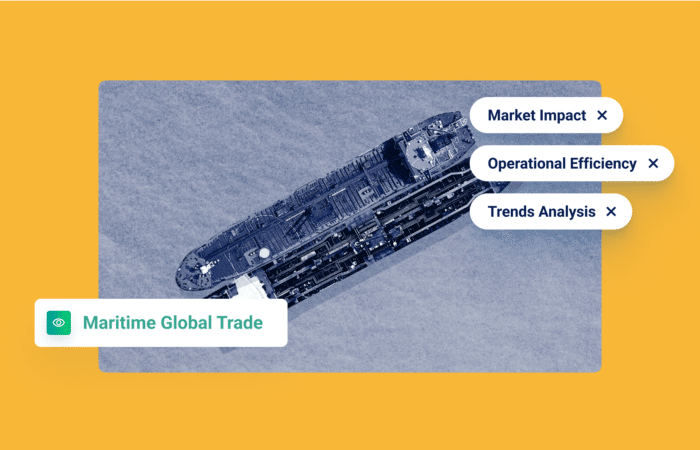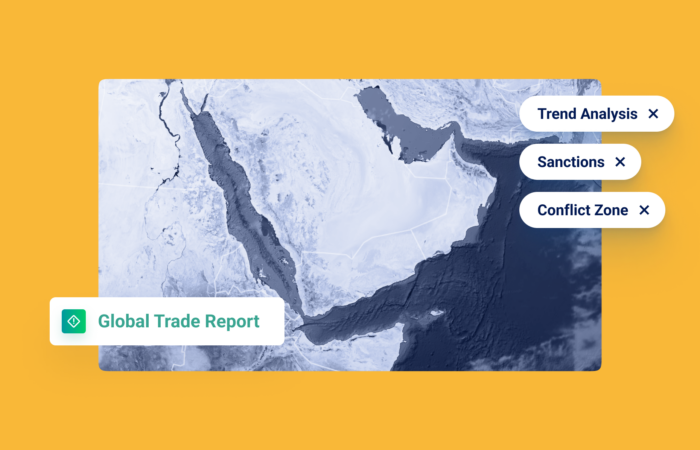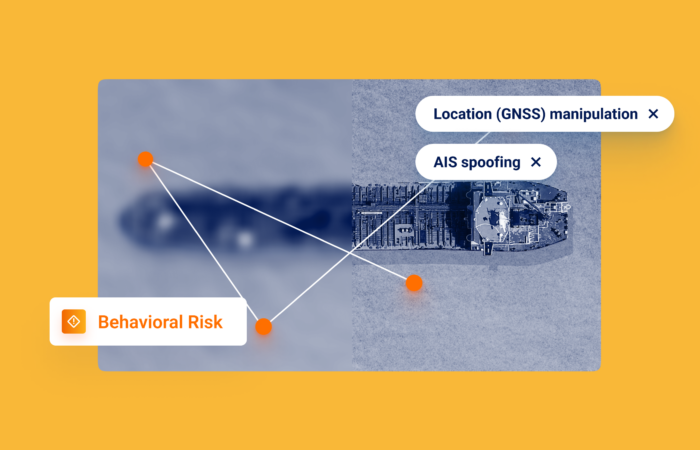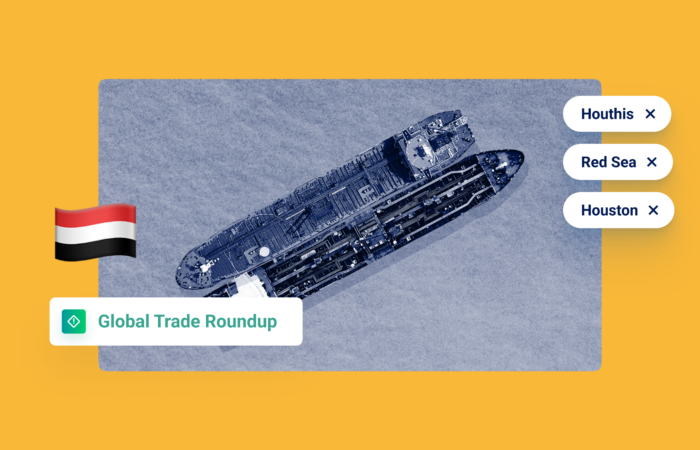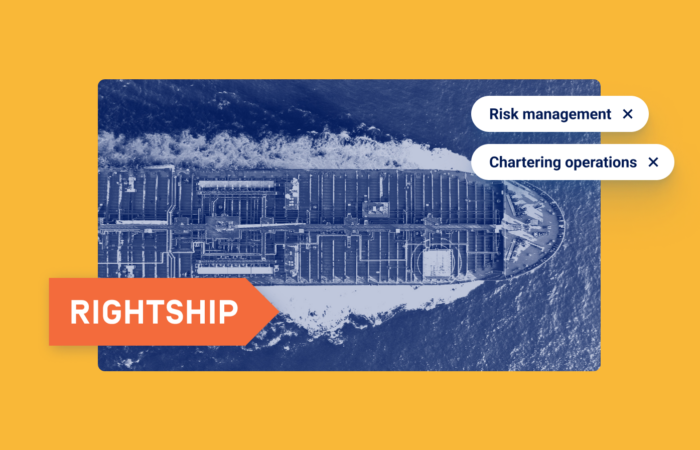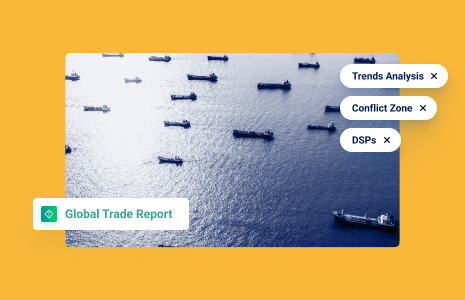What’s inside?
The earth observation industry is having a moment. Data technology leaders like Viasat, HawkEye 360, Inmarsat, and Planet, have hit the news with impressive funding rounds, acquisitions, and product milestones. And the global satellite-based earth observation market is only expected grow with a CAGR of 8.5% during 2020-2025. So what is contributing to this trend?
Earth observation data is seeing more demand as various industries have increasingly adopted image processing and geographical data to answer a number of different insights and analytics needs. Further, until recently, non-AIS data, such as satellite images and RF signal interceptions, were only available to a handful of countries. But now more than ever, these data resources have become commercially available, and the possibilities of how this data can impact workflows and insights are endless.
How exactly can earth observation data be used?
Players in the market have brought large-scale diversity to business applications. But going from data analytics to accurate insights demands strong tools and technology. Ultimately, insights are what organizations are after. And raw data can only take you so far. This is especially true in the maritime domain, where visibility is limited, and yet stakeholders need as much as they can get to combat threats in real-time. The saying goes, one picture can be worth a thousand words, and nowhere else in the maritime domain does this hold true. For example, take AIS data, which alone is not enough to accurately vet vessel activity.
How do you detect and classify the locations of non-AIS-equipped vessels or vessels that are operating while the AIS transponders are off? Or pinpoint possible meetings between non-emitting and emitting vessels? How do you locate potential objects at sea (like sinking vessels or containers)?
A clearer picture
Leveraging remote sensing data is the key to answering these questions. In addition, it goes a long way in validating vessel journeys.
A great example of this is GNSS manipulation. How can you validate that the manipulation actually took place without satellite imagery? Satellite imagery plays a crucial role in understanding if the vessel is where its transmission claims to be.
Or, in the case below, to uncover suspicious and anomalous activity. One of our customers was investigating vessels in the disputed areas of the South China Sea. But in a sea of data points, where do you start? First, they analyzed the region with L-Band mobile satellite, X-Band RADAR, and VHF Marine Comms. From there, they focused only on marine VHF radio frequencies to identify possible vessel activity. Then they added Planet’s satellite imagery to better contexualize the data. The result looked something like this:

Without the imagery, it would be impossible to know that there is a military base on Subi Reef. Further, Windward identified that two of the three vessels are Chinese fishing vessels. Why would fishing vessels be anchored in a government military base? Thanks to multi-layer data analytics tools, intelligence teams can begin to answer complex questions and discover leads for investigations.
Without the right context, the nature of maritime activity can be difficult to interpret.
Satellite imagery and RF signals can help confirm if the information transmitted via the AIS systems makes sense. It can also be a helpful resource to verify transmission data on the vessel size, type, location, and more. This step is mission-critical in identifying cases of identity laundering, location tampering, and other deceptive shipping practices. What’s the impact? Windward leverages daily satellite collection to help our partners fill in the gaps and more accurately vet risk. Further, our machine learning models deliver ready-to-go insights, so you don’t have to spend time dealing with raw data.
What’s next?
Geospatial intelligence (GEOINT) will only be more critical as bad actors improve their methods and depend on more sophisticated tools to get away with illicit activity. We’ve seen it already in the case of GNSS manipulation, where bad actors are getting more sophisticated with time – engineering their movements and location with near-perfect precision.
As the earth observation industry adds more sensors and creates more raw data, there will be a growing need for downstream analytics and insight technologies. And the benefits and applications of leveraging this data for better insights and visibility will only continue to grow.


